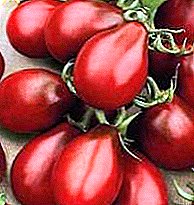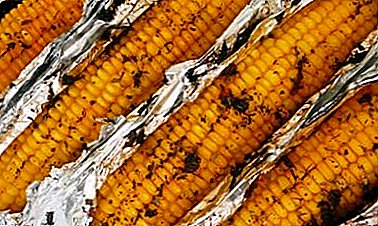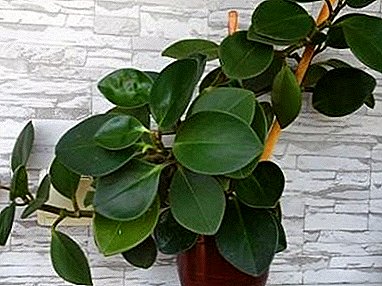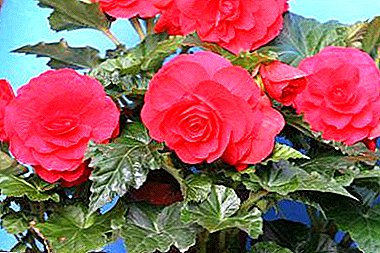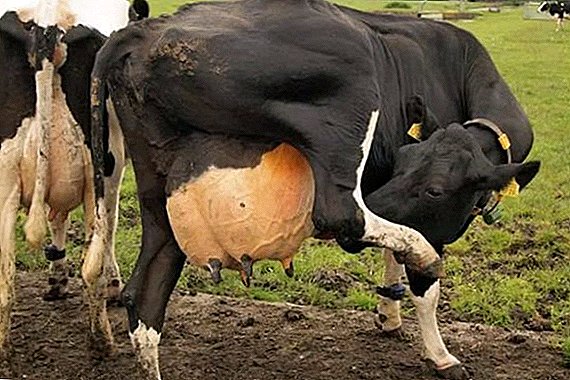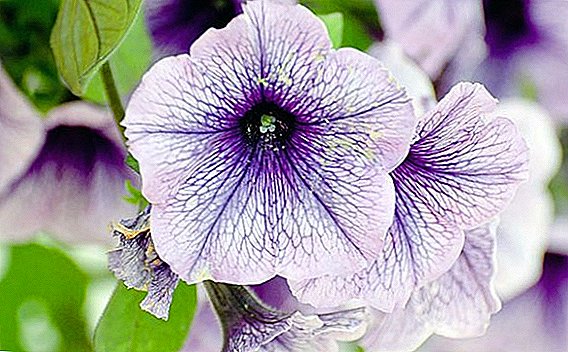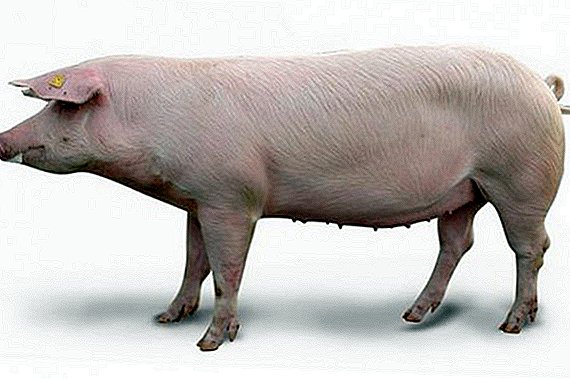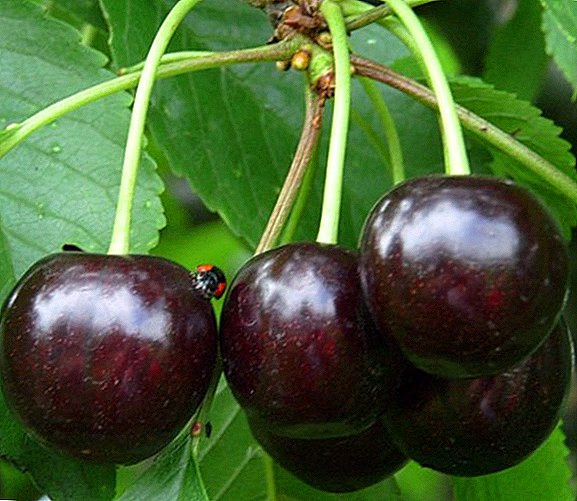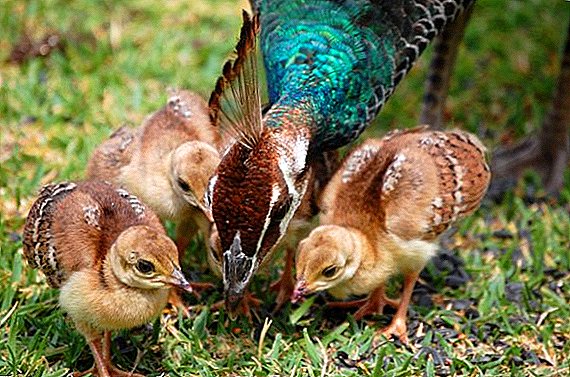 Incubation of peacock eggs is a time-consuming process, the success of which will depend on the strict observance of certain important rules and recommendations that will be considered in our article.
Incubation of peacock eggs is a time-consuming process, the success of which will depend on the strict observance of certain important rules and recommendations that will be considered in our article.
Features incubation of peacocks
In order to get healthy offspring of peacocks, it is necessary to study and then recreate suitable natural conditions characteristic of these birds. The incubator can do the best with this specific process — a special machine that can maintain the correct temperature and humidity for the right time.
Did you know? Despite the high content of healthy nutrients, peacock eggs are not a popular ingredient in various dishes of world cuisine. Another thing is meat: the product is considered a delicacy and is served mainly to rich feasts. The first Russian to try peacock meat was Tsar Ivan the Terrible.It is important to remember that not every incubator is suitable for breeding peacock chicks. First of all, the necessary device must be equipped with the function of manual adjustment of parameters that will be maintained at the proper level in the process.

Which eggs are suitable for incubation
Proper selection and preservation of eggs before the incubation process is of great importance.
For processing and bookmarking fit instances with certain indicators:
- oval shape, without traces of litter or stuck feathers on the shell;
- shell without defects, uniform shade;
- optimum weight is 70-80 grams;
- the protein is pure, without lumps and spots. The size of the yolk is one third of the total volume.
Egg collection and processing before incubation
Before sampling, the farmer must wash his hands with soap and water. The procedure itself can be carried out up to 19 hours.
Important! Storage of the selected number of fertilized specimens provides the optimum air temperature - from +15° up to +20°With, as well as daily turning.It is not recommended to wash contaminated shells - a protective film can be wiped off. For cleaning use a solution of iodine, a special egg apparatus or formaldehyde mixture.

Step-by-step instructions for preparing a solution with formaldehyde:
- In an enamel saucepan, mix pure water and 30 ml of formaldehyde.
- Add sodium permanganate (30 ml) to the solution.
- To stir thoroughly.
- Put in the chamber with the eggs.
Find out what kinds of peacocks there are, how to breed them at home, how to feed them, how to heal, what kind of aviary they need, how useful their meat and eggs are.
Egg laying
A few hours before laying the incubator is treated with a chlorine solution - 15 drops of chlorine per 1 liter of water.
The process itself is carried out taking into account such rules:
- the sharp end of the eggs should be pointing upwards;
- The whole batch is placed in the apparatus with neat, not sharp, calm movements. Cracked shells are considered unsuitable for incubation;
- immediately before the manipulation of the eggs should be heated to + 24 ° C;
- The final stage involves the installation of the necessary modes on the incubator (turning, temperature, humidity).

Incubation of peacock eggs: temperature and humidity
Normal development of peacock chicks occurs only after the optimum temperature and humidity in the incubator. Automatic devices are able to regulate the indicators themselves in the right direction, competently combining degrees and humidity according to periods of embryonic development. And self-tuning is based on the recommended ratio table:
| Temperature | 37.8 ° C | 37.6 ° C | 37.4 ° C | 37.2 ° C | 36.9 ° C |
| Humidity | 74 % | 65 % | 60 % | 75 % | 85 % |
During the first incubation period, the temperature should be kept at a high level (maximum + 38 ° С), and at the final stage, the indicators significantly decrease.
Important! In addition to the listed parameters, the ventilation mode should be set in the incubator, which is responsible for timely air circulation and uniform temperature distribution over the entire area of the apparatus.
Installation of air humidity provides two main modes:
- 50-60% - almost the entire term;
- 75-80% - the final stage (last 2-3 days).

Stages of embryo development
- 2-6 days - the formation of blood vessels and the yolk sac;
- 7-10 - development of blastodisc. The yolk gradually increases and by the 10th day already takes up most of the shell;
- 11-20 - complete formation of the circulatory system. Vessels are well looked through by an ovoskop;
- after 20 days and until hatching, the embryo gradually fills the entire space in the egg. Tissues and organs are fully formed and complete development. The formation of the beak ends.
Learn how to choose eggs for incubation, how to disinfect eggs before incubation, how to store hatching eggs, how to over-copy eggs.
Terms of chick appearance
On average, the duration of incubation takes 28-30 days. However, in the farming practice there were cases of premature hatching of chicks, on the 25th or 26th day. Such a situation is not critical and does not indicate a disastrous result - when creating the necessary nursing conditions, the preservation of the offspring occurs without any consequences.
The first stage is the spitting of eggs, which can last a day: video
What to do after hatching
After hatching, peacocks need to give a little time for drying, then move them into prepared growth boxes equipped with infrared lamps for heating around the clock. The temperature in the dwelling should be constantly maintained within + 34-35 ° С. It is recommended to cover the bottom of the box with a clean, natural cloth and cover the top with a net.
The first feeding of chicks is carried out within 4-5 hours after their appearance. Shredded greens with egg, crushed crackers and cottage cheese will be suitable for food.
Did you know? The peacock is a national symbol of Iran and India, and also revered in Hinduism as a sacred bird. Birds with a gorgeous tail are mentioned in many world proverbs, idioms, and art.
Common mistakes newbies
Incubating peacock eggs for a beginner or even a professional farmer is not an easy task, often accompanied by some common mistakes:
- installation in the incubator of such parameters, which are used for hatching eggs;
- periodic spraying of specimens during the development period;
- placing other bird eggs with peacocks;
- ignoring the processes of turning;
- setting the wrong temperature to humidity ratio.
 Only with careful preparation, responsibility and diligence the farmer will be able to carry out an ideal incubation, the result of which will be the birth of healthy, strong and beautiful broods of domestic peacocks.
Only with careful preparation, responsibility and diligence the farmer will be able to carry out an ideal incubation, the result of which will be the birth of healthy, strong and beautiful broods of domestic peacocks.Reviews




